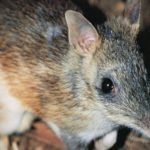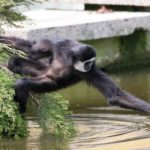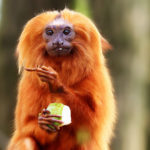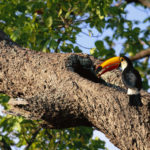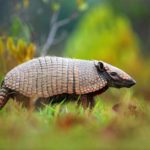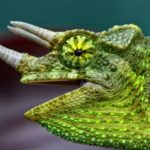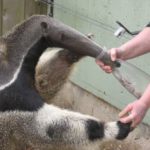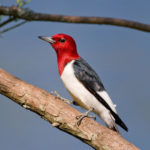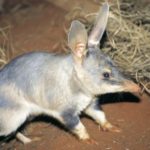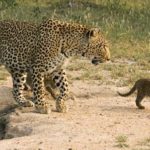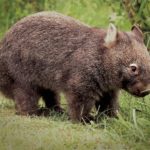Mongoose
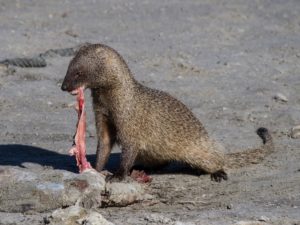 Mongooses belong to the family of mammals of the order of predatory, isolated from the family of wiverworms. The sizes are small and medium. Body length 23-64 cm, tail length 23-51 cm Weight 0.5-3.2 kg. The body is elongated, the limbs are short five-fingered. The tail is long, covered with longer hair than the trunk. The head is relatively small, widened in the brain, with a shortened snout that gradually narrows to the nose. The lower surface of the hands and feet are usually hairless.
Mongooses belong to the family of mammals of the order of predatory, isolated from the family of wiverworms. The sizes are small and medium. Body length 23-64 cm, tail length 23-51 cm Weight 0.5-3.2 kg. The body is elongated, the limbs are short five-fingered. The tail is long, covered with longer hair than the trunk. The head is relatively small, widened in the brain, with a shortened snout that gradually narrows to the nose. The lower surface of the hands and feet are usually hairless.
The claws on the forelegs are sharp and twisted. The scalp is soft low or high. Its color is variable: greenish-gray, yellowish-brown or grayish-brown; Sometimes the back is spotted with spots of white or yellow-brown color. The belly is usually lighter than the back and sides of the body and can be white. The mongoose has beautiful, intelligent eyes, and is also keen. The animal’s sense of smell is excellent, but the hearing is worse. In the mouth there are sharp cunning teeth – a formidable weapon of a predator. They live mainly in Africa and Asia.
They prefer to settle in deserts, tropical forests and near water bodies. Most mongooses are predators, feeding on small vertebrates, insects, crustaceans and other invertebrates. Legendary is the ability of mongooses (especially Herpestes edwardsii) to kill poisonous snakes; The mongoose do this, relying on speed and agility, as they do not have immunity to snake venom. Many mongustes live in groups and colonies, which reach 50 individuals, and settle in underground burrows, which is generally uncharacteristic for predators. The way of life is usually terrestrial; Are active at night and in the afternoon.
Some species of mongoose can reproduce year-round, females bring calves twice or thrice a year. The Mongoos are caring parents. Defending themselves from the enemy, they give off a strong-smelling liquid, they also mark the territory. Before the enemy take a stand: arch the back, the wool stands on end, the tail is lifted to the top by a pipe. They can jump on the attacker. They are fast, intelligent and with very good reaction animals. They always make sounds, chirping, sometimes loudly screaming and squeaking. Mongols are sociable with each other, and with the help of sounds they talk. Most often, of course, warning each other of the danger.
The main enemies of the mongooses are birds of prey, soaring in the sky. The youngest are the most vulnerable, who do not have time to run to the hole and hide. The mongoose is very fast in conflict with the snake, it can evade the snake and easily save itself from its impacts. He uses several tricks, and then, eventually, when the snake gets tired, he attacks it and catches it behind the neck. He breaks the spine of the snake and eats her head and fangs. Residents of the Caribbean, suffering from an abundance of poisonous snakes in the local forests, decided to bring to the islands of the mongooses, counting on their assistance in the fight against snakes. But people miscalculated.
The mongoose found enough small animals on the island to feed themselves without risking contact with poisonous snakes. The English writer Rudyard Kipling brought glory to the Mongols, telling the story of the brave mongoose Rikki-Tikki-Tavi, a fighter against the huge royal cobra, one of the most venomous snakes.



